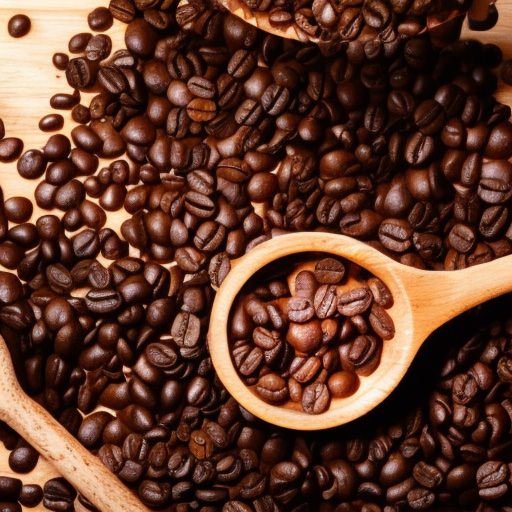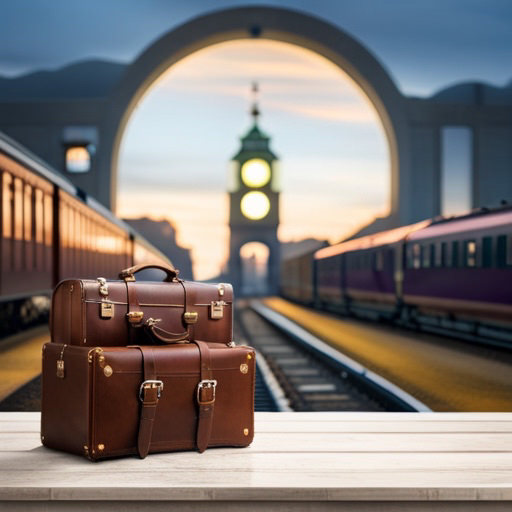When we’re talking about coffee, there are countless factors that can influence the taste of the final product. The type of coffee bean, the region it’s grown in, the process of picking and drying the beans, the roasting process, and finally, the brewing method can all greatly alter the flavor of the coffee.
Let’s start with the types of coffee beans. There are several species of coffee, but the two most common in the commercial coffee industry are Coffea arabica (Arabica) and Coffea canephora (Robusta). Arabica beans tend to have a sweeter, more delicate flavor and lower caffeine content, while Robusta beans have a stronger, more bitter taste with higher caffeine content.
Arabica beans are generally considered to be of higher quality, and they account for about 60-70% of global coffee production. However, they’re also more delicate and require specific growing conditions to thrive. Robusta, on the other hand, is a more resilient plant that can grow at lower altitudes and in varying climate conditions.
Geographic origin is another significant factor. Coffee beans are grown in over 70 countries around the world, primarily in equatorial regions, and the environment in which they’re grown has a significant impact on the flavor profile of the beans. This is due to the influence of factors such as soil type, altitude, rainfall, and temperature, which together create what’s known as the “terroir.”
For example, Ethiopian coffee beans often have a wine-like quality and bright, fruity acidity because of the country’s high elevation and unique heirloom varietals. Beans from Colombia are typically balanced in flavor with a hint of nuttiness, and those from Sumatra in Indonesia are known for their earthy, deep, complex flavors.
When it comes to blending, coffee roasters will mix different types of beans to achieve a specific flavor profile. This often involves combining beans from different regions or of different types. The goal of blending is to create a balanced flavor, combining the strengths of one type of bean with those of another to create a harmonious taste.
For instance, a roaster might blend a coffee with bright acidity and fruity notes from Ethiopia with a full-bodied, chocolatey coffee from Brazil to create a complex blend with a variety of flavors that complement each other. Another reason to blend is to maintain consistency; since coffee crops can vary from year to year, blending allows roasters to ensure a consistent taste profile despite these variations.
However, while blends are popular for their balanced and harmonious flavors, there’s also a significant market for single-origin coffees. These are coffees that come from one specific region, or even a single farm or lot within that region. Single-origin coffees are appreciated for their unique, distinct flavors that reflect their specific terroir. They allow coffee enthusiasts to experience the individual characteristics that a particular area can impart to its coffee.
In the end, whether you prefer a blend or a single-origin coffee will likely come down to your personal taste preferences. Some people enjoy the complex, balanced flavors of a well-crafted blend, while others prefer the unique, distinct flavors of a single-origin coffee. There’s a wide world of coffee to explore out there, so don’t hesitate to try different types and find what you enjoy the most.
Please note that if you purchase from clicking on the link, some will result in my getting a tiny bit of that sale to help keep this site going.


